Your cart is currently empty!
Tag: NutrientManagement
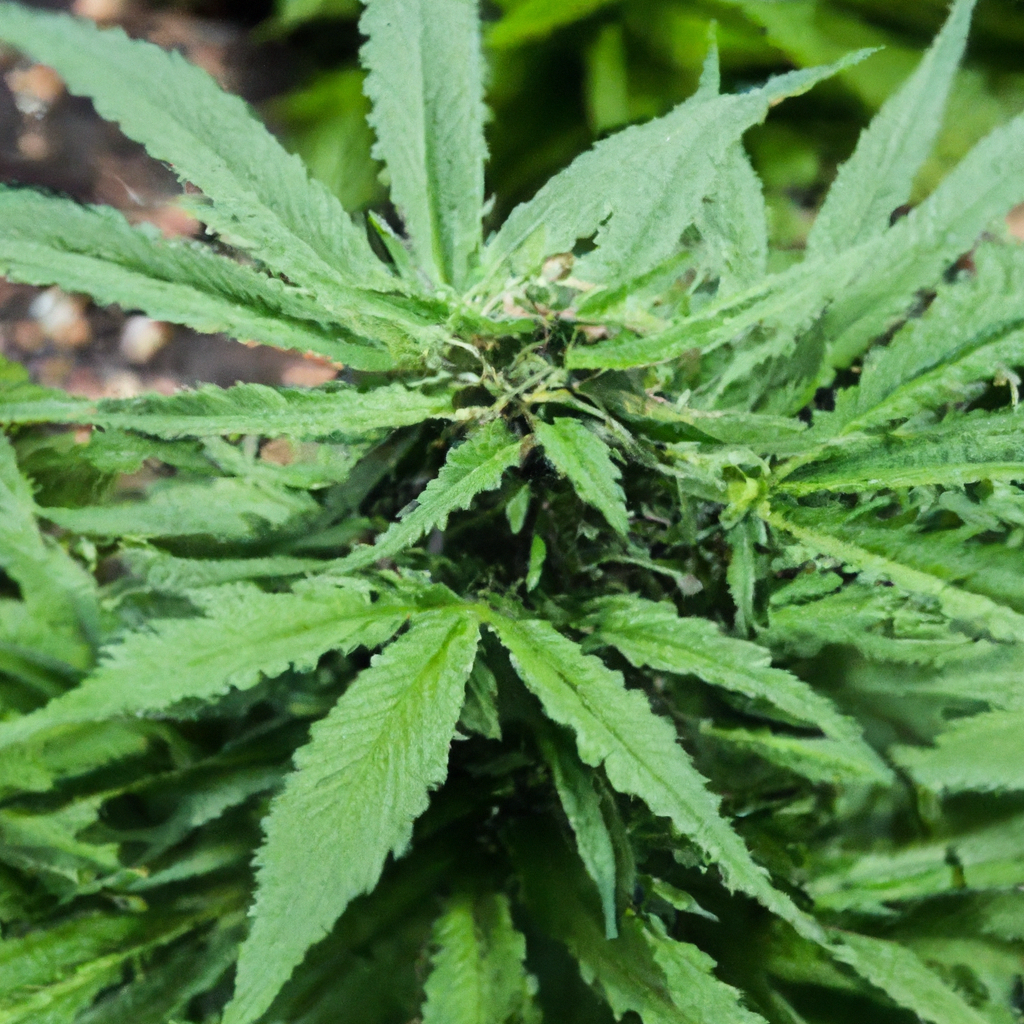
Soil nutrient optimization is essential for successful cannabis cultivation, impacting growth and yield. This blog explores practical techniques to enhance soil nutrients, address challenges, and ensure a fruitful harvest. Key nutrients like nitrogen, phosphorus, potassium, and essential micronutrients support healthy plant development. Strategies such as regular soil testing, organic amendments, pH management, and mulching help…
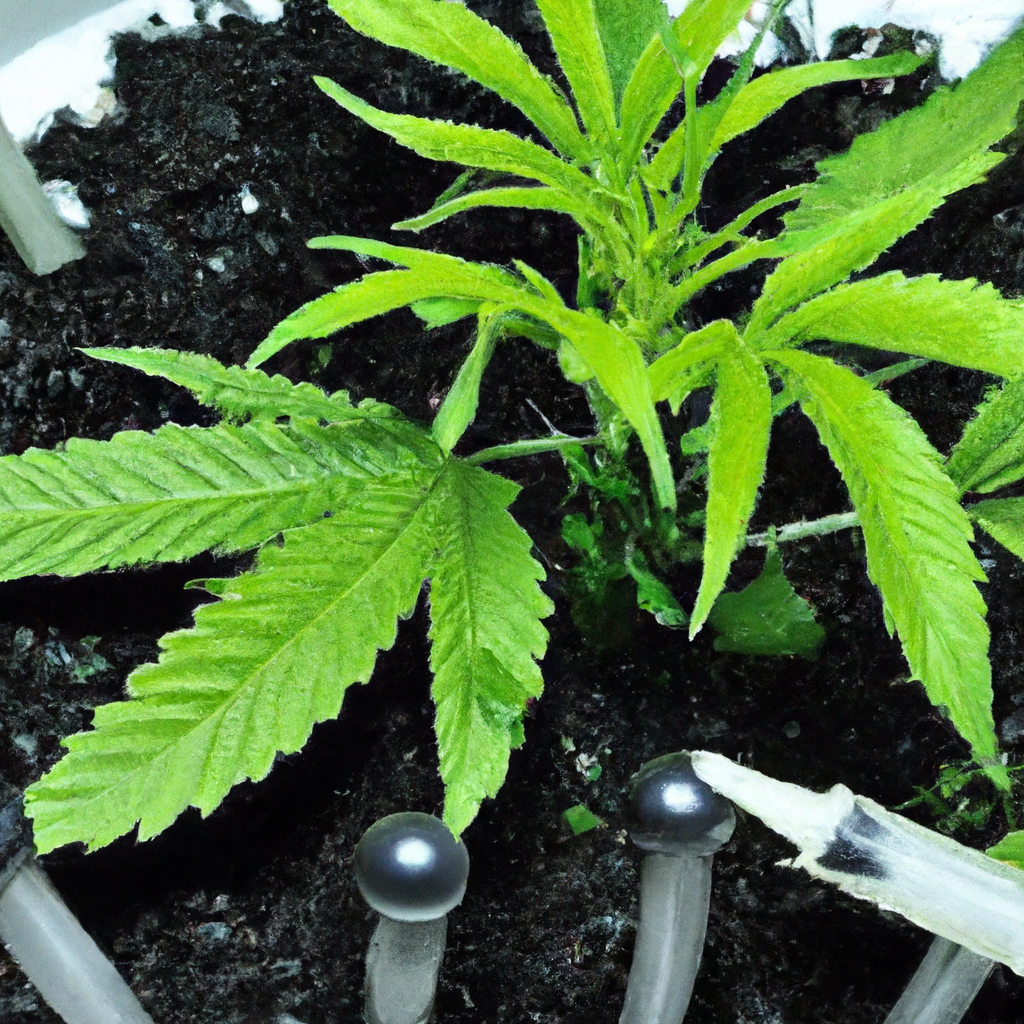
Navigating nutrient fixation is crucial for successful cannabis cultivation, as it impacts plant growth and yield. This guide explores the core challenges of nutrient fixation, like pH imbalances, excessive salts, poor soil structure, and watering issues, and provides strategies to address them. By monitoring and adjusting pH, managing fertilizer use, improving soil aeration, and implementing…

Growing cannabis successfully involves balancing art and science, with pH management being a crucial yet often neglected factor. Proper pH levels significantly affect nutrient absorption in cannabis plants, with ideal ranges varying between soil (6.0-7.0) and hydroponic systems (5.5-6.5). To ensure healthy growth and high yields, growers should invest in accurate pH monitoring tools, such…

Growing cannabis can be rewarding but challenging due to nutrient deficiencies that can puzzle even experienced cultivators. Identifying and managing these deficiencies is crucial for healthy plants. Common issues include nitrogen, phosphorus, and potassium deficiencies, each with specific symptoms and solutions, such as adjusting fertilizers and monitoring pH levels. Early detection through regular plant checks…
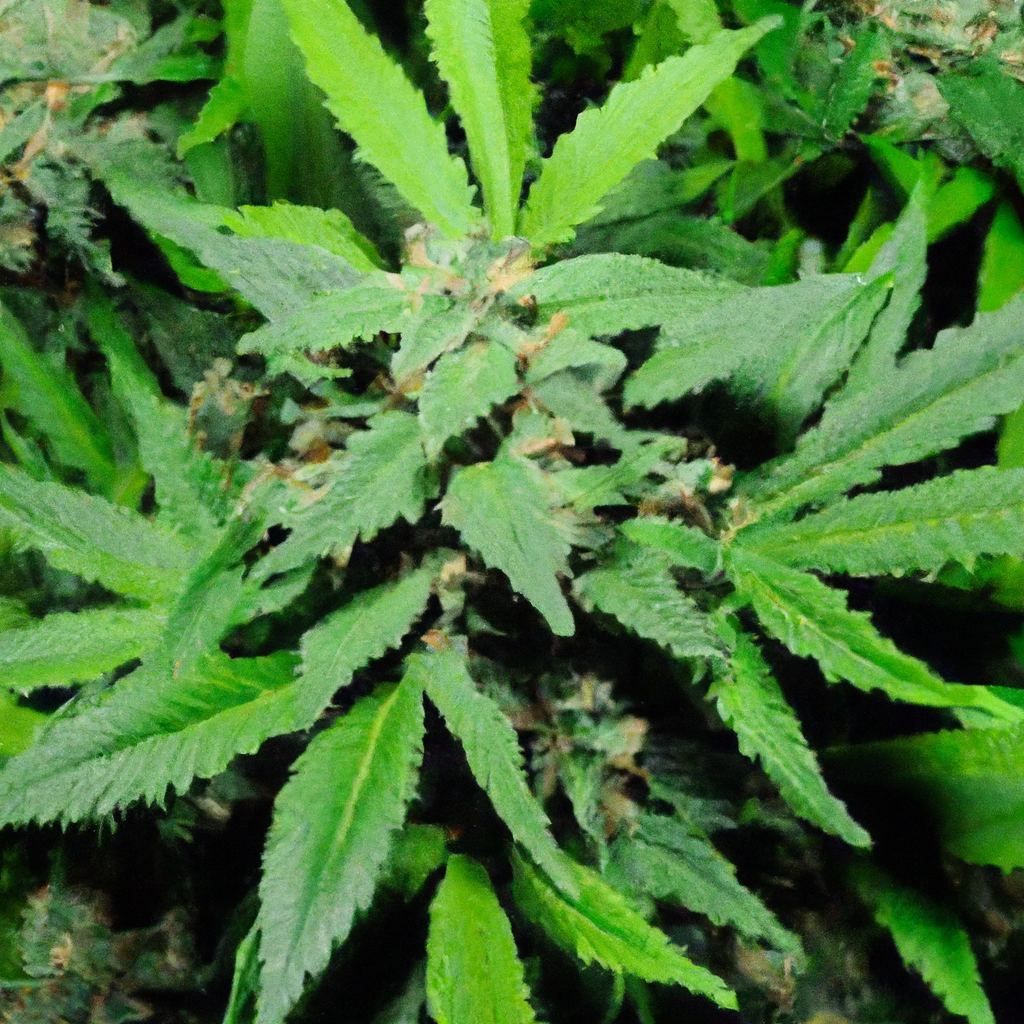
Indoor cannabis cultivation offers growers control over environmental factors to optimize plant growth. Key techniques include managing light schedules with energy-efficient options like LED and HID lights, controlling climate conditions such as temperature and humidity with tools like HVAC systems, and selecting the right soil and nutrient balance for various growth stages. By focusing on…

Growing cannabis successfully hinges on understanding plant nutrition and soil needs, alongside lighting and climate control. This guide explores essential macronutrients and micronutrients critical for cannabis health, including nitrogen, phosphorus, potassium, and more. It provides a step-by-step approach to creating a balanced nutrient regimen tailored to each stage of the cannabis life cycle—from seedling to…

The success of cannabis cultivation greatly depends on the often-overlooked root zone, which includes the roots, soil or growing medium, and surrounding air. A healthy root system is essential for water uptake, nutrient absorption, and overall plant vigor. This guide outlines best practices for root zone management, including ensuring optimal soil aeration using materials like…
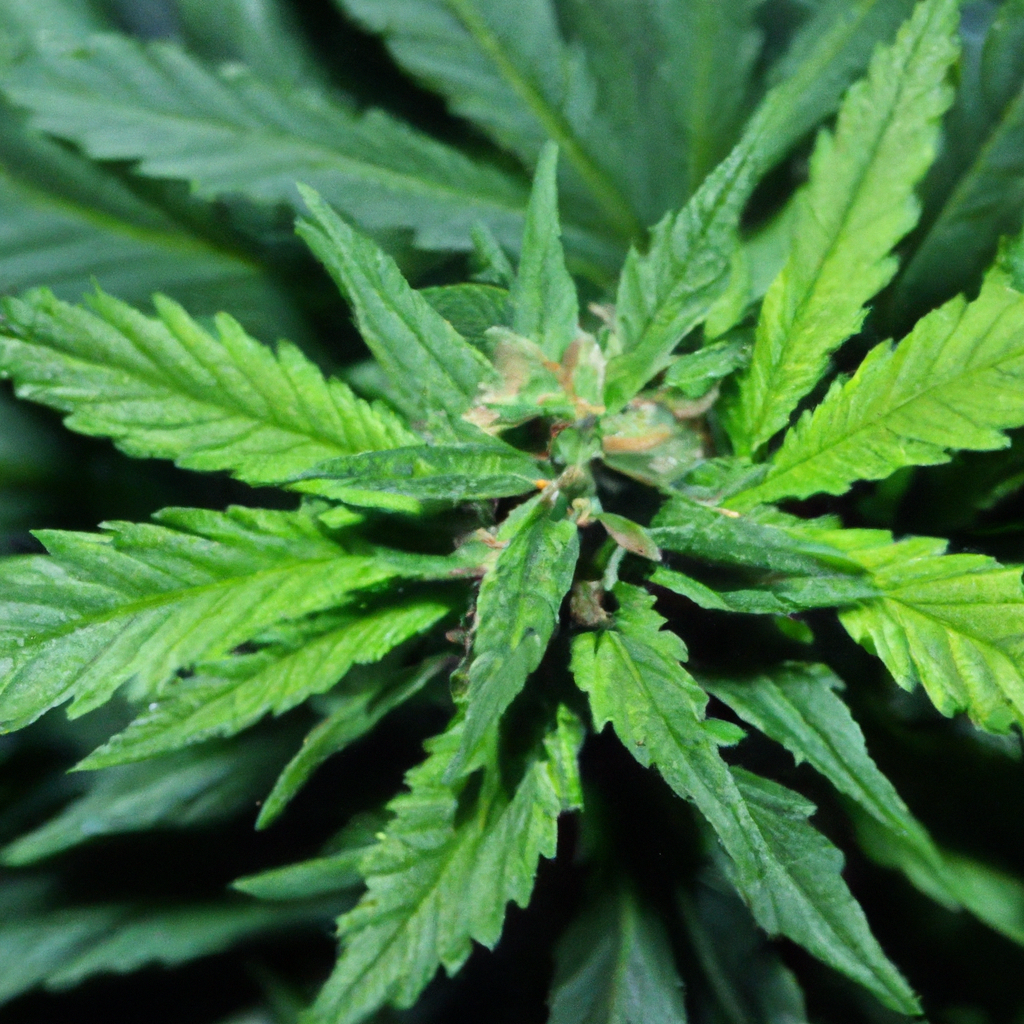
As cannabis cultivation grows, understanding nutrient management becomes crucial for optimizing plant health and yield. This guide explores the essential nutrients—NPK, macronutrients, and micronutrients—necessary for cannabis growth, and provides strategies for developing effective feeding schedules tailored to the growth stages: seedling, vegetative, and flowering. Highlighting Smith GreenGrowers’ success story, the importance of customized nutrient plans…
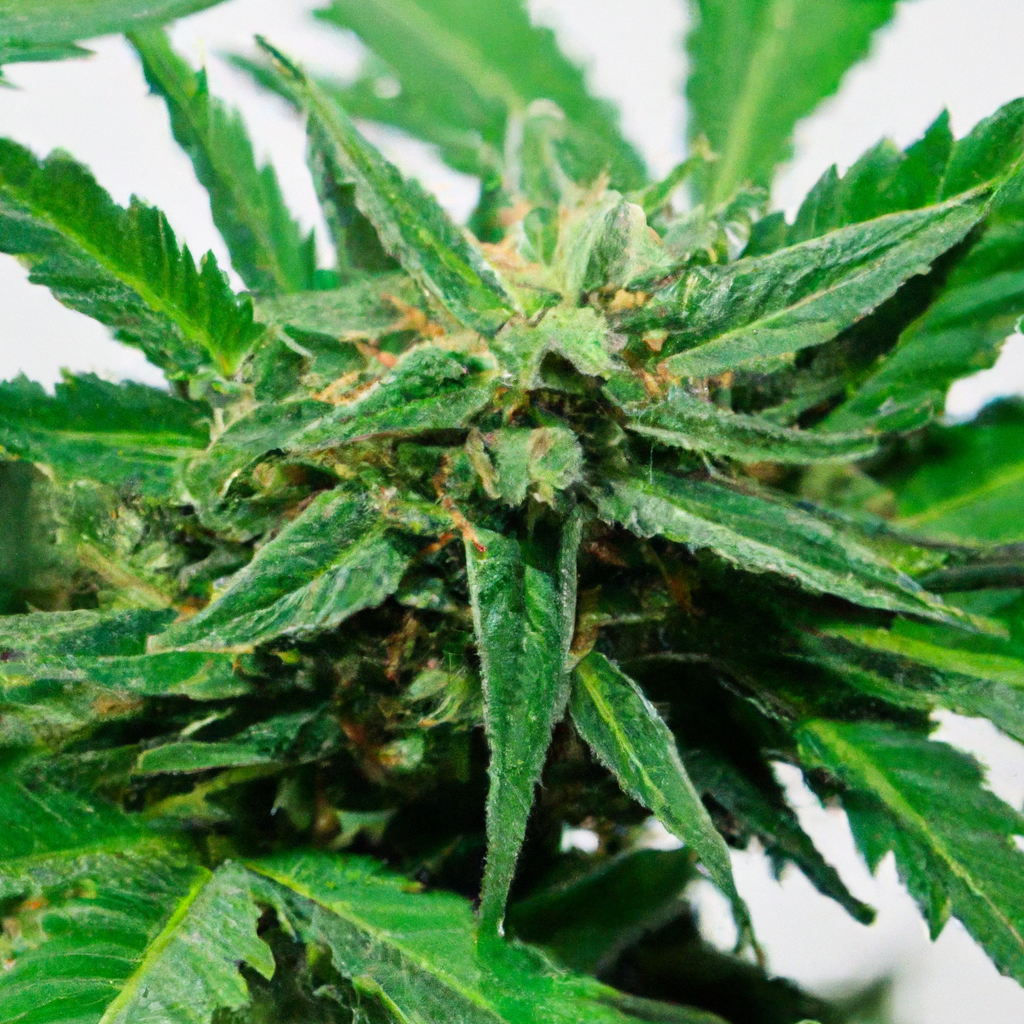
Managing stress is vital for healthy cannabis cultivation, as factors like temperature fluctuations, nutrient imbalances, light stress, and pests can impact growth and yield. This guide delves into practical stress management techniques. Key strategies include maintaining stable temperatures, following balanced nutrient regimens, optimizing lighting practices, and implementing pest control measures. A case study highlights how…
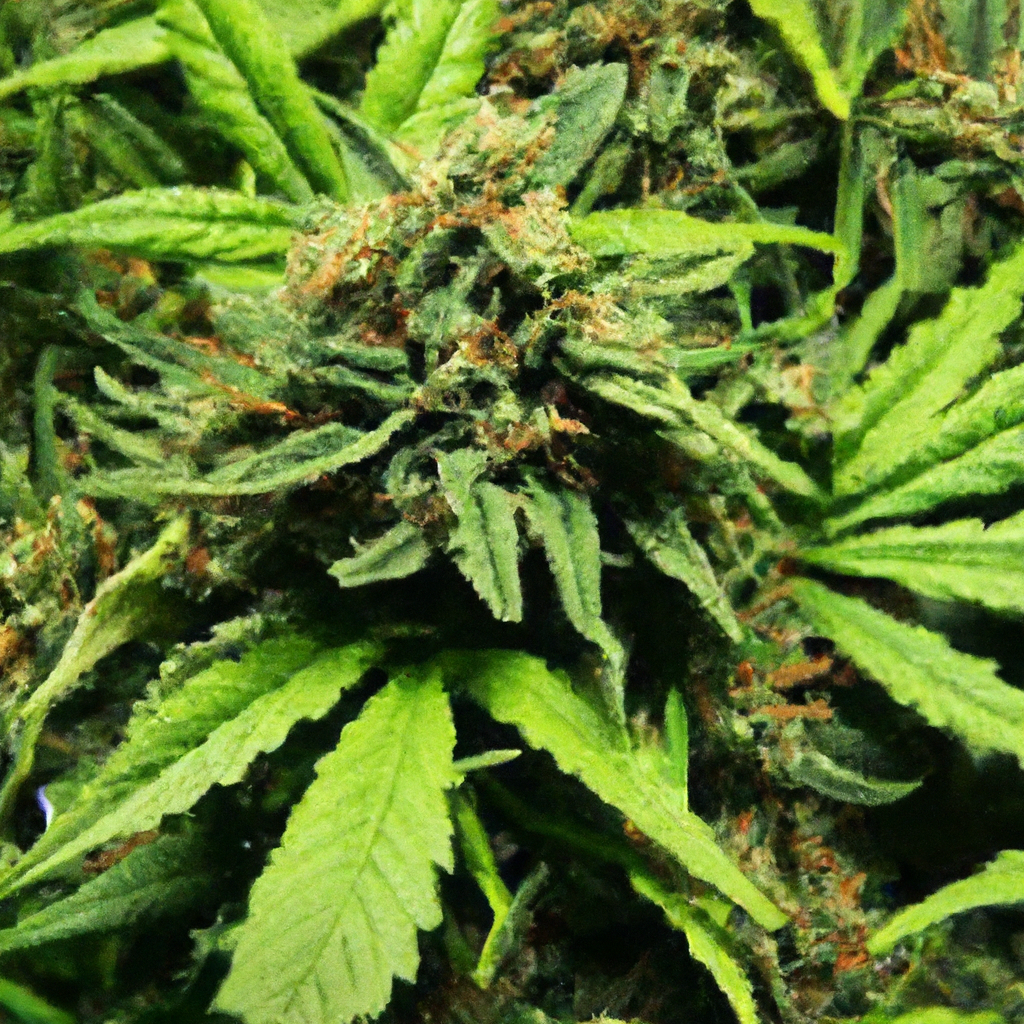
Cannabis cultivators face significant challenges that impact the quality and yield of their crops, including pest and disease management, climate control, nutrient management, and strain selection. To overcome these hurdles, growers should employ integrated pest management strategies, utilize advanced technology for monitoring, tailor nutrient solutions, and remain adaptable through experimentation. By addressing these challenges proactively,…
